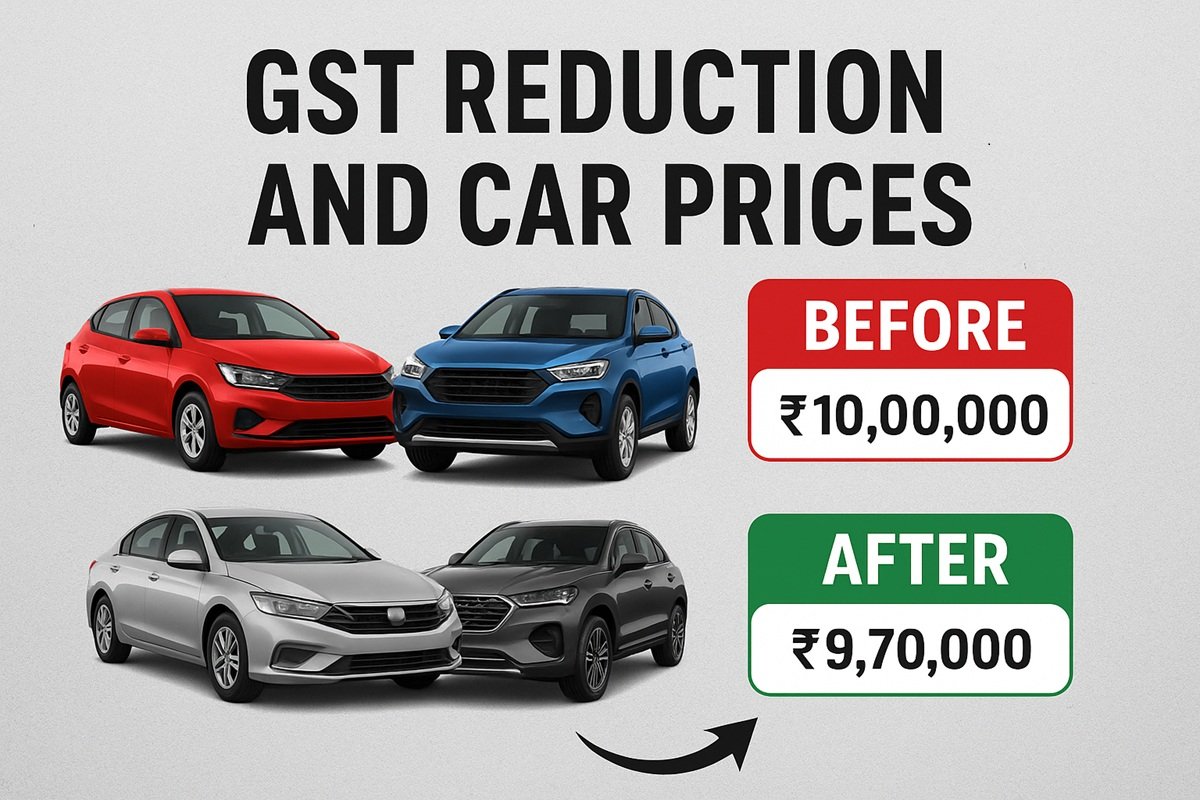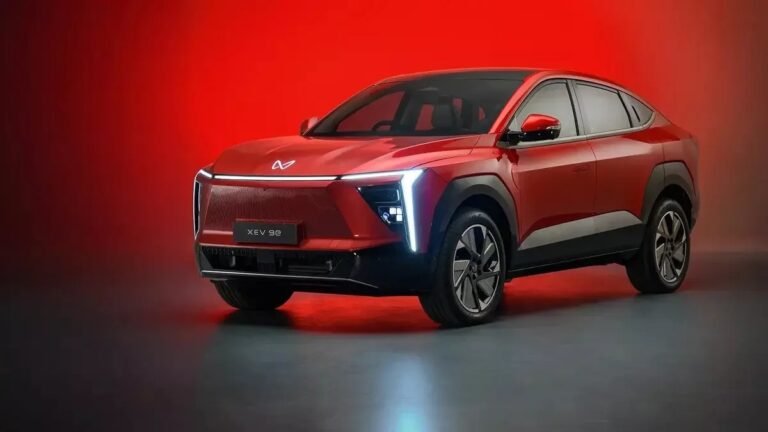
GST Reduction on Car Prices How Much Have Buyers Actually Saved?
Impact of GST Reduction on Car Prices : Then vs Now.
GST Reduction on Car Prices : The Indian automobile industry has always been sensitive to government tax policies, and the Goods and Services Tax (GST) plays a significant role in shaping car prices. A reduction in GST directly affects how much buyers pay for vehicles, making them more affordable and potentially boosting overall sales. Recently, the government’s move to reduce GST on cars has drawn much attention. The key question is: how much difference has it actually made? Let’s break it down in detail.
GST and Its Role in Car Pricing
When GST was introduced in July 2017, the auto sector witnessed a major restructuring of taxes. Before GST, car buyers had to pay excise duty, VAT, road tax, registration charges, and other state-specific levies. With GST, most of these taxes were subsumed, creating a uniform tax rate.
However, cars were classified under the “luxury and sin goods” bracket, which meant they attracted higher taxes compared to essential commodities. Depending on engine size and category, cars were levied GST of 28% plus a compensation cess ranging between 1% to 22%.
This made cars expensive, especially in the mid-size, SUV, and luxury segments. A GST cut was long demanded by manufacturers and buyers alike.
What Changed After GST Reduction
The government recently reduced GST slabs for certain categories of cars to stimulate demand. While the base GST rate of 28% remained unchanged, the compensation cess was reduced for some segments. This shift has lowered prices of hatchbacks, sedans, and SUVs, creating relief for customers.
For example:
-
Small Cars (Hatchbacks under 1200cc): Earlier taxed at 29% (28% GST + 1% cess), now effectively reduced by a few percentage points.
-
Sedans (1200cc–1500cc): Saw cess reduction of around 3–4%, bringing down prices.
-
SUVs: These were the hardest hit with 43% tax earlier (28% GST + 15% cess). The cess has been reduced by 2–3%, lowering their effective cost.
Price Comparison: Before vs After
To understand the real impact, let’s take a few examples (approximate figures, as prices vary across states):
-
Maruti Suzuki Swift (Hatchback)
-
Before GST Reduction: ₹7.20 lakh
-
After GST Reduction: ₹6.95 lakh
-
Price Difference: ~₹25,000
-
-
Hyundai Creta (Compact SUV)
-
Before GST Reduction: ₹13.80 lakh
-
After GST Reduction: ₹13.35 lakh
-
Price Difference: ~₹45,000
-
-
Honda City (Sedan)
-
Before GST Reduction: ₹12.50 lakh
-
After GST Reduction: ₹12.10 lakh
-
Price Difference: ~₹40,000
-
-
Toyota Fortuner (Premium SUV)
-
Before GST Reduction: ₹47.00 lakh
-
After GST Reduction: ₹45.80 lakh
-
Price Difference: ~₹1.20 lakh
-
-
Mercedes-Benz GLC (Luxury Car)
-
Before GST Reduction: ₹74.00 lakh
-
After GST Reduction: ₹71.50 lakh
-
Price Difference: ~₹2.5 lakh
-
Why the Reduction Matters
-
Boost in Sales: Lower prices encourage hesitant buyers to make purchases, especially in the festive season.
-
SUV Popularity: With SUVs dominating the market, even a slight cut in cess makes a noticeable difference in affordability.
-
Luxury Car Segment: High-end vehicles gain the most, as a 2–3% cut translates to lakhs in savings.
-
Economic Push: The auto sector, contributing around 7% of India’s GDP, benefits from higher demand, creating ripple effects in jobs and allied industries.
Industry Reactions
Car manufacturers have welcomed the move, saying it will help revive demand, especially at a time when rising fuel prices and global uncertainties are affecting consumer sentiment. Dealers also believe that reduced GST will improve footfall in showrooms.
However, industry experts also caution that this may only provide temporary relief. Factors such as interest rates on car loans, fuel prices, and raw material costs (like steel and lithium for EVs) will continue to play a big role in determining final sales.
Conclusion
The reduction in GST has certainly made cars more affordable, with price cuts ranging from Rs 20,000 for hatchbacks to over Rs 2.5 Lakh for luxury cars. While the relief is not drastic, it still makes a psychological and financial difference to buyers. For the industry, it is a positive step towards growth, but sustained demand will require consistent policy support and a balance of affordability with modern features.
In simple terms: a car that cost Rs 10 Lakh before may now cost about Rs 9.7 Lakh. A luxury car that was Rs 70 Lakh earlier may now cost closer to Rs 67 Lakh To 68 Lakh. This margin, though small, can significantly influence buying decisions in India’s competitive auto market.
Last Updated On 24 September 2025.
See also this: Know how to get discount on vehicles on Diwali .






1 thought on “GST Reduction on Car Prices How Much Have Buyers Actually Saved?”